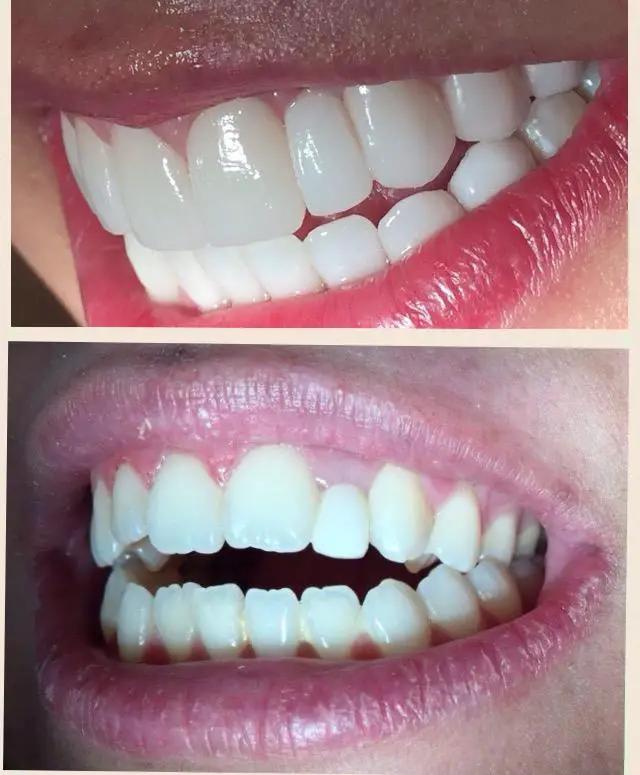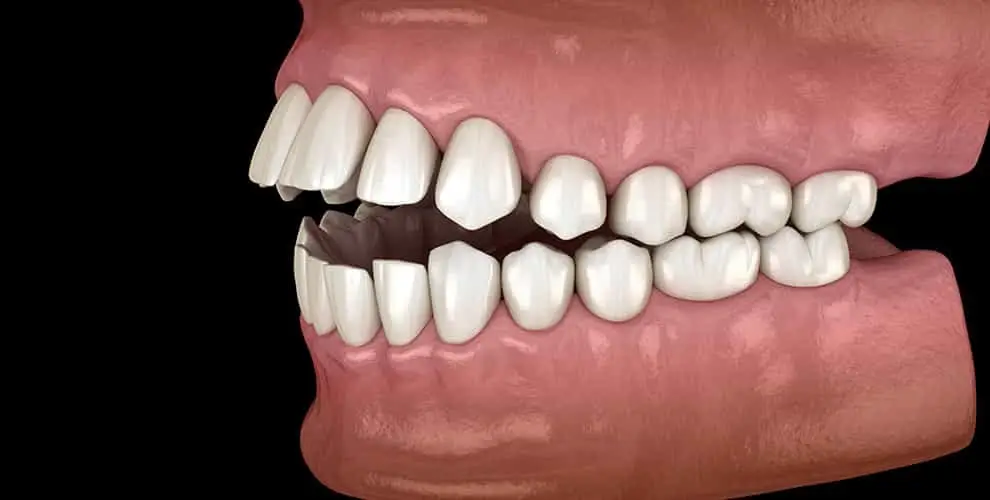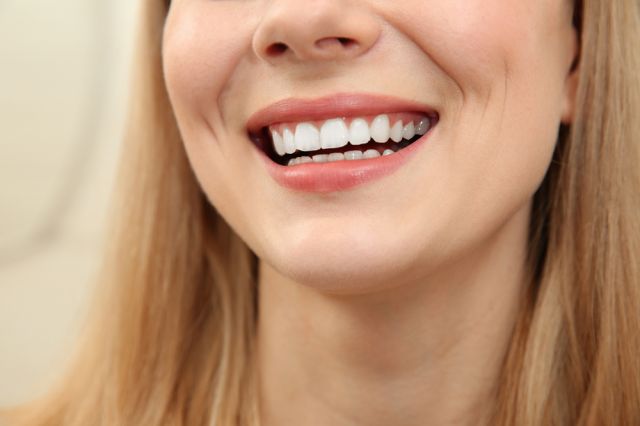Surgery to correct an open bite is indicated in severe cases that cannot be treated by orthodontic treatment alone. Open bites treatment result from an abnormal direction of jaw growth, wherein the upper and lower jaws growth vertically away from each other, leaving large gaps between the upper and lower teeth.
Apart from the gaps between the teeth, this faulty jaw growth also produces a deformed facial bony architecture, which can considerably affect facial aesthetics. Vertical jaw bone growth results in a face which is disproportionately longer, a mouth which remains constantly open and a very weak chin projection.
After the jaw bone growth is complete, it is not possible to alter this abnormal jaw position and correct the facial deformity by any means other than surgery. The surgery to correct open bites is performed by oral and maxillofacial surgeons in Delhi, working closely with orthodontists for best results.
So what is the procedure for surgical open bite correction?

SURGICAL PROCEDURE FOR TREATMENT OF OPEN BITE
Very commonly, people are wary of seeking a maxillofacial surgeon for the treatment of open bites because they do not completely understand what the surgery involves and what potential benefits it offers.
The most common procedure performed for open bite correction is corrective jaw surgery or orthognathic surgery. This surgery aims to surgically detach the jawbones from their faulty positions and reposition them in a more harmonious and favorable orientation.
Step 1: Pre-surgical Planning:
- This “new position” of the jaws is determined before the surgery after an extensive phase of pre-surgical planning. This phase involves a thorough dialogue among the surgeon, the orthodontist, and the patient. It also involves performing mock surgeries on radiographs, models, and surgical simulation software.
- Based on this planning, the surgeon is able to reliably ascertain the final favorable jaw position to be achieved in surgery. This position is the one that provides the maximum chewing efficiency, best aesthetics, and the most stable result, while achieving and preserving the vital functions of normal breathing, speech, lip closure, etc.
Step 2: Pre-surgical Orthodontics:
- Changing the position of the jaw bones will automatically change dental relationships as well. If the jaws are surgically repositioned and the teeth do not contact each other favorably, the chewing will not be efficient. More importantly, this abnormal tooth contact will create forces that will not allow the jawbones to heal properly. This can result in relapse of the condition.
- So before the surgery, we need to make sure that the teeth are aligned in such a way that they will immediately fall into maximum contact, or “intercuspation”, after surgery. This ensures greater stability of the result.
- Pre-surgical orthodontic tooth alignment is, therefore, often performed before the surgery. In many cases, a “surgery first” option is also available, where pre-surgical orthodontics may be avoided. This can, however, only be determined after an assessment of the individual case.
Step 3: Surgery
- The most common surgical plan to correct an open bite involves moving the upper jaw up by a few millimeters (maxillary impaction). This maneuver not only reduces the height of the long face but also allows the lower jaw to rotate at the jaw joint and slide up to meet the upper jaw (autorotation).
- In many cases, this may result in an optimum outcome. However, in some cases, upward rotation of the lower jaw may not be enough for the bite to close. In such cases, the lower jaw also needs to be surgically repositioned upwards (bijaw or bimaxillary surgery).
- In less severe cases, where open bites are limited to 4-6 teeth, the condition may be corrected by a smaller surgery. This involves cutting only the bone around the involved teeth and repositioning that segment more favorably (segmental osteotomy). This is a quick solution as it may be performed without the need for orthodontic treatment.
The entire surgery is performed from within the mouth, leaving no scars on the face. Bony cuts are made with a piezotome, ensuring maximum safety to important nerves and soft tissues. Fixation is done with premium quality sterile medical grade titanium. Ensuring these steps is a marks of an expert maxillofacial surgeon.

Surgical correction gives the most aesthetically pleasing and stable results. It allows teeth and jaws to function harmoniously with the rest of the face.
Surgical open bite correction is performed by oral and maxillofacial surgeons in Delhi. Dr. Sanchaita Kohli is an expert maxillofacial surgeon in Delhi, with vast experience in treating open bites and the conditions associated with it. Consult Dr. Sanchaita Kohli to get the right guidance about the treatment for your open bite.






